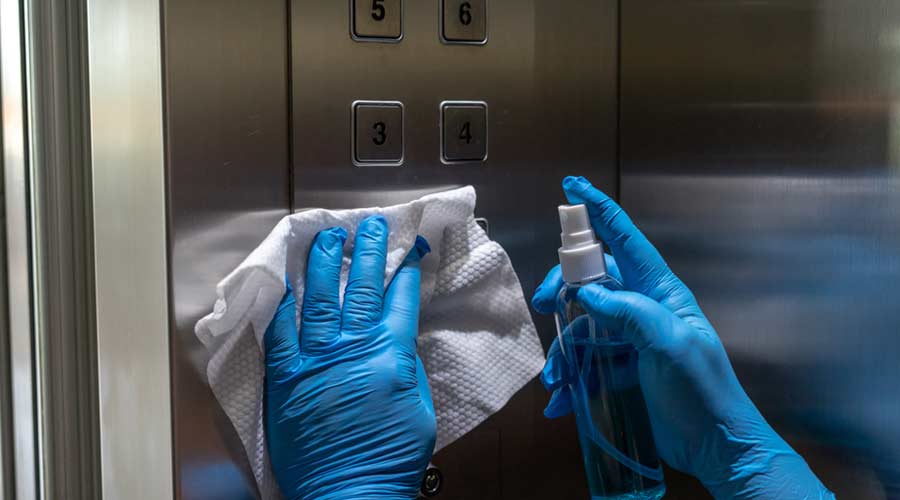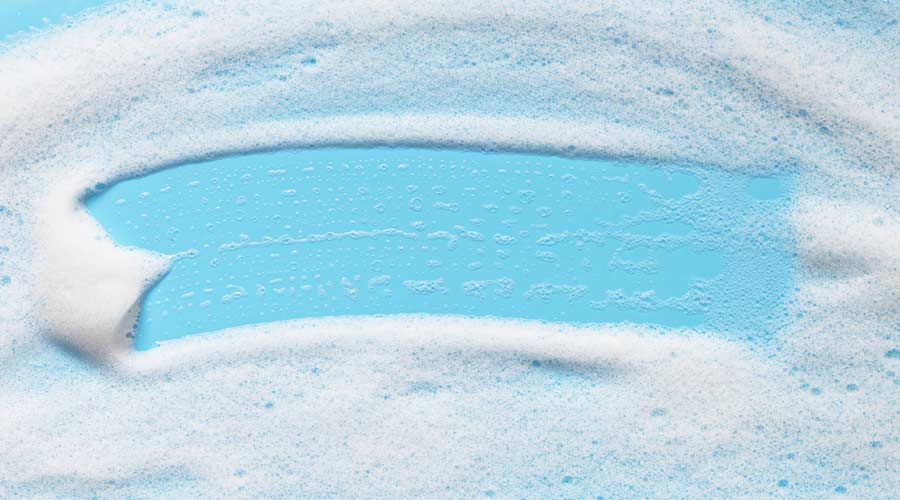
Research shows that the average person will complain anywhere between 15 and 30 times a day. Most times, they don’t even realize they are doing it. For example, how often does a person complain about the temperature being too hot or too cold. Maybe there’s a smudge on the mirror or the toilet paper roll is flipped upside down.
Whether large or small, at their core, complaints spread negativity. In a workplace, this can lead to decreased morale, but it’s also been linked to negative health impacts, reduced productivity, and decreased creativity and problem-solving skills.
These are realities no manager wants to hear, but they often can’t be avoided. Whether expressing a complaint themselves, or listening to grumbling from staff or building occupants, facility cleaning managers are often involved.
To get to the bottom of common complaints and how to handle them, Facility Cleaning Decisions offers up the results of the latest Complaints Study.
Reviewing the Results
It should come as no surprise that, as usual, restrooms garner the most complaints from occupants inside facilities — almost half of all grievances. This is consistent over the last eight years this survey has been conducted.
Although overall cleanliness in restrooms only resulted in weekly complaints to 15 percent of managers, an additional 20 percent of weekly gripes specified paper stock. Other culprits include odors (personnel, drain, and trash), excess/unemptied trash, and poor general appearance/unsightliness.
Soap stock, somewhat surprisingly, doesn’t get nearly as much attention as the rest of the restroom. Patrons voice concerns only every few months, albeit an average of roughly 37 times over that timeframe. This reality could open the door to debate over handwashing frequency, or soap versus paper usage. But instead of speculating, managers should focus on the potential positives. Maybe the type of soap (foam versus gel) and/or quality dispenser helps control usage. Or maybe the staff opted for placement that reduces unsightly drips and messes. Either way, managers consider the lack of feedback in this area a win.
Outside the restroom, the most common complaint managers field involves pests. Fifty-four percent of cleaning execs play referee as building occupants and staff debate over who is to blame for these unwelcome critters. Whether lured in by a forgotten PB&J in a teacher's drawer, welcomed through an open window meant to offer fresh air, or guilty of buzzing too loudly outside, these pests gobble up a lot of time. Almost a third of managers admit to spending two or more hours a day on complaints like this.
To keep complaints in check, department heads are prioritizing initiatives that should improve cleaning performance and boost customer service with building occupants. The most successful efforts include making changes and/or improvements in cleaning procedures and then ramping up training efforts. Half of all managers surveyed say changes in these two areas move the needle on reducing complaints.
A shift toward day cleaning also works wonders at minimizing gripes from building occupants. Forty-nine percent of managers field fewer enquiries when occupants see cleaning being done and know the person behind the work. Pair this with an increase in communication and education directly to the building occupant and it’s a recipe for success at reducing complaints.
Try as they may, facility cleaning managers will always have to be a listening ear. This Facility Cleaning Decisions Complaints Study outlines common legitimate and subjective complaints and how managers are responding.
Click here to view and download the full study results.

 The Down and Dirty on Cleaning in Virus Season
The Down and Dirty on Cleaning in Virus Season How Surfactant Use is Expanding in Commercial Cleaning
How Surfactant Use is Expanding in Commercial Cleaning Maximize Your Margins: Learn How to Automate Pricing and Track Rebates
Maximize Your Margins: Learn How to Automate Pricing and Track Rebates